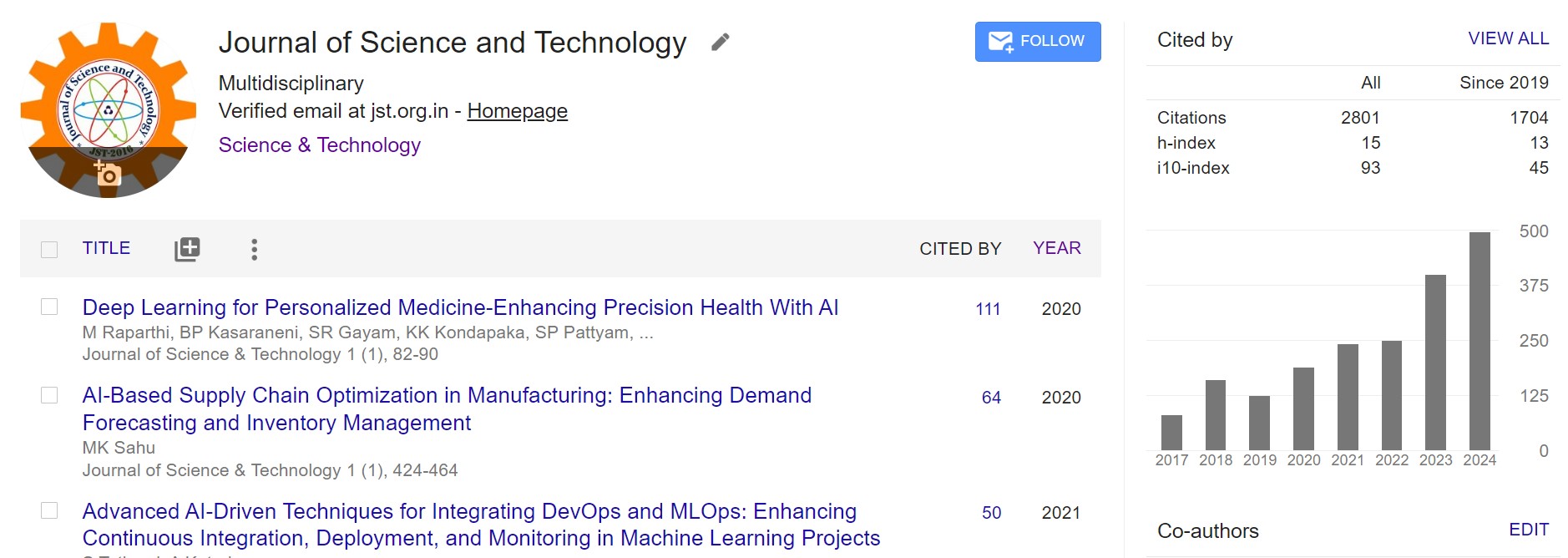An Efficient Application to Provide Security to The Banks Using Face Recognition Using Open CV
DOI:
https://doi.org/10.46243/jst.2023.v8.i04.pp66-71Keywords:
.Abstract
A facial recognition system is a computer application for automatically identifying or verifying a person from a digital image or a video frame from a video source. Proposed paper uses face recognition technique for verification in ATM system. For face recognition, there are two types of comparisons. The first is verification, this is where the system compares the given individual with who that individual says they are and gives a yes or no decision. The next one is identification this is where the system compares the given individual to all the other individuals in the database and gives a ranked list of matches. Face recognition technology analyzes the unique shape, pattern and positioning of the facial features. Face recognition is very complex technology and is largely software based using Convolutional Neural network (CNN). Face Recognition is a computer application. It is capable to detect, identify or verify, track human faces from the input captured using a digital camera. This technology facilitates the machine to identify and recognize each and every user uniquely through the face as a key. This completely eliminates the chances of fraud due to theft and duplicity of the ATM cards. The captured face of the user must be matched with the registered face to have the access of the account. On the basis of iris uniqueness and other prerequisites the images of user are differentiated. The main aim or outcome of this project is to provide security to ATM transactions.


























